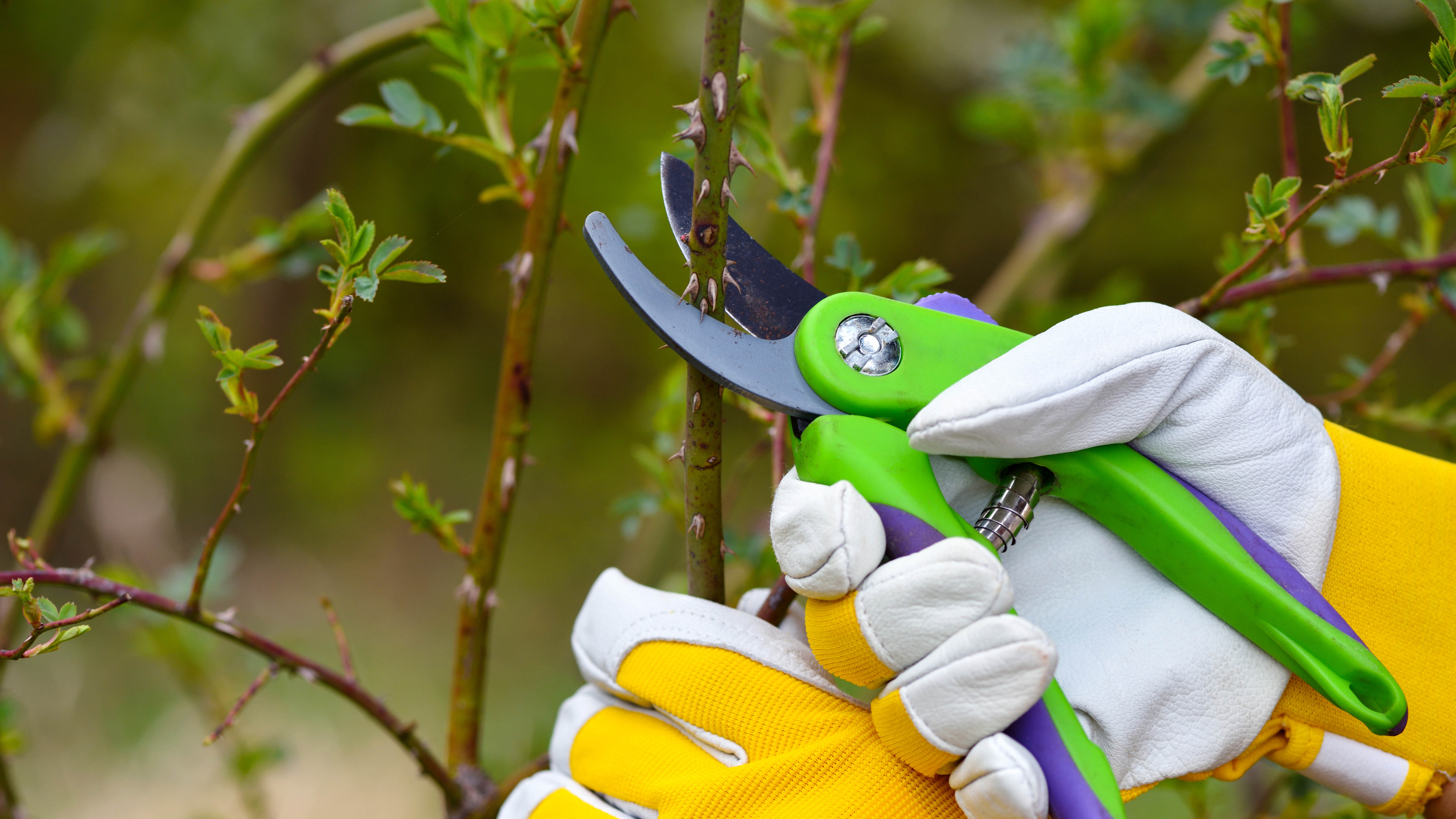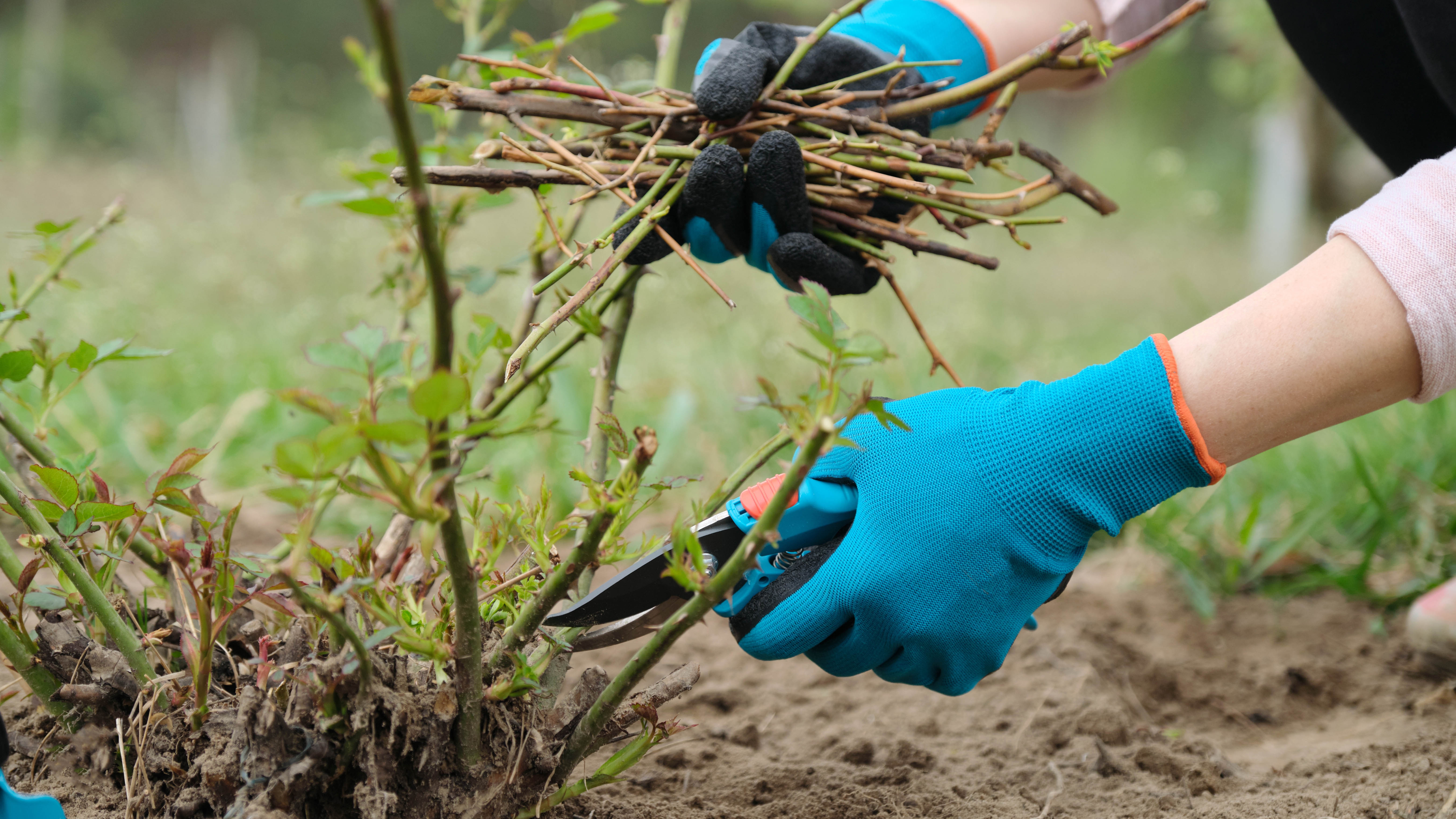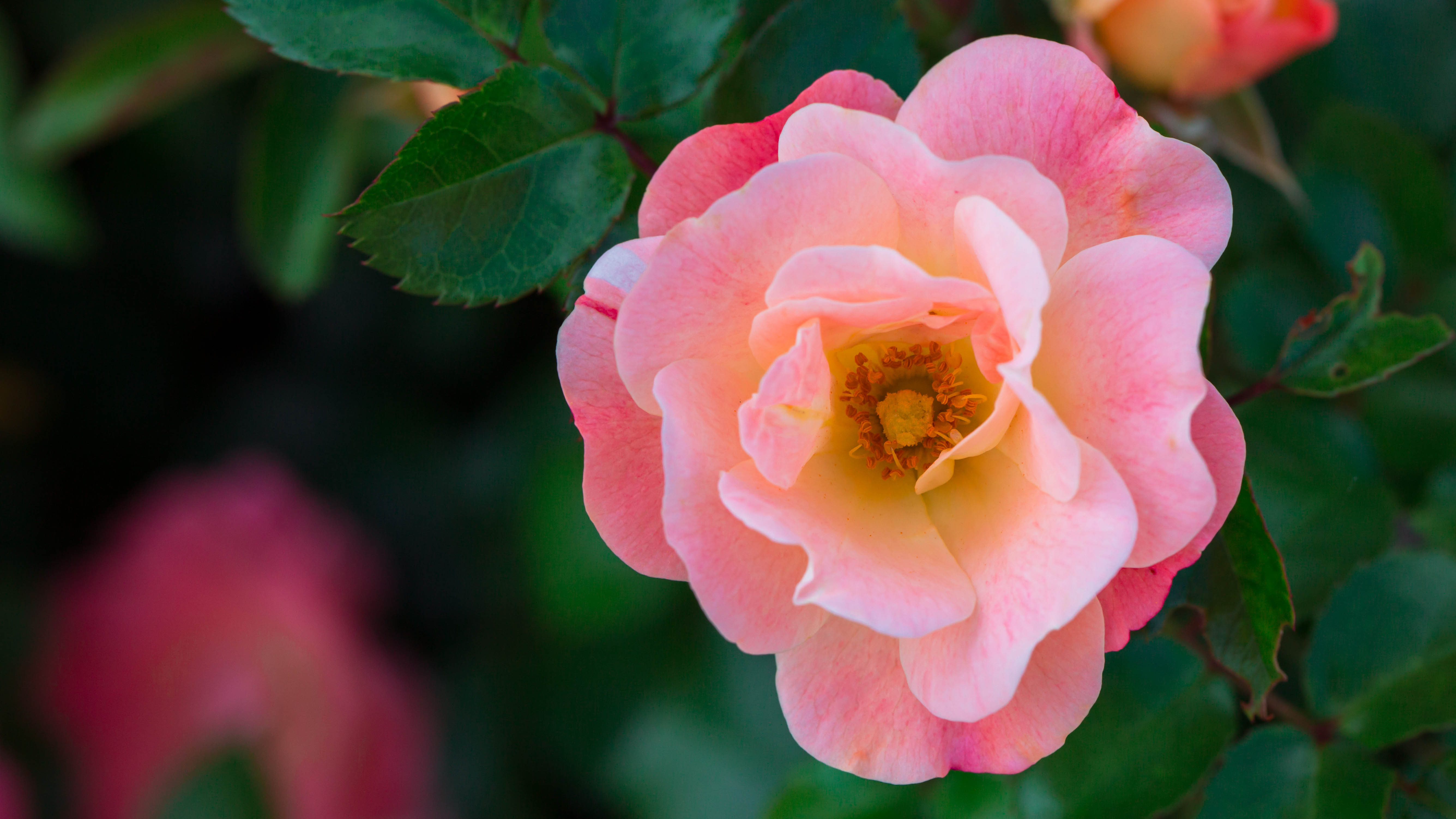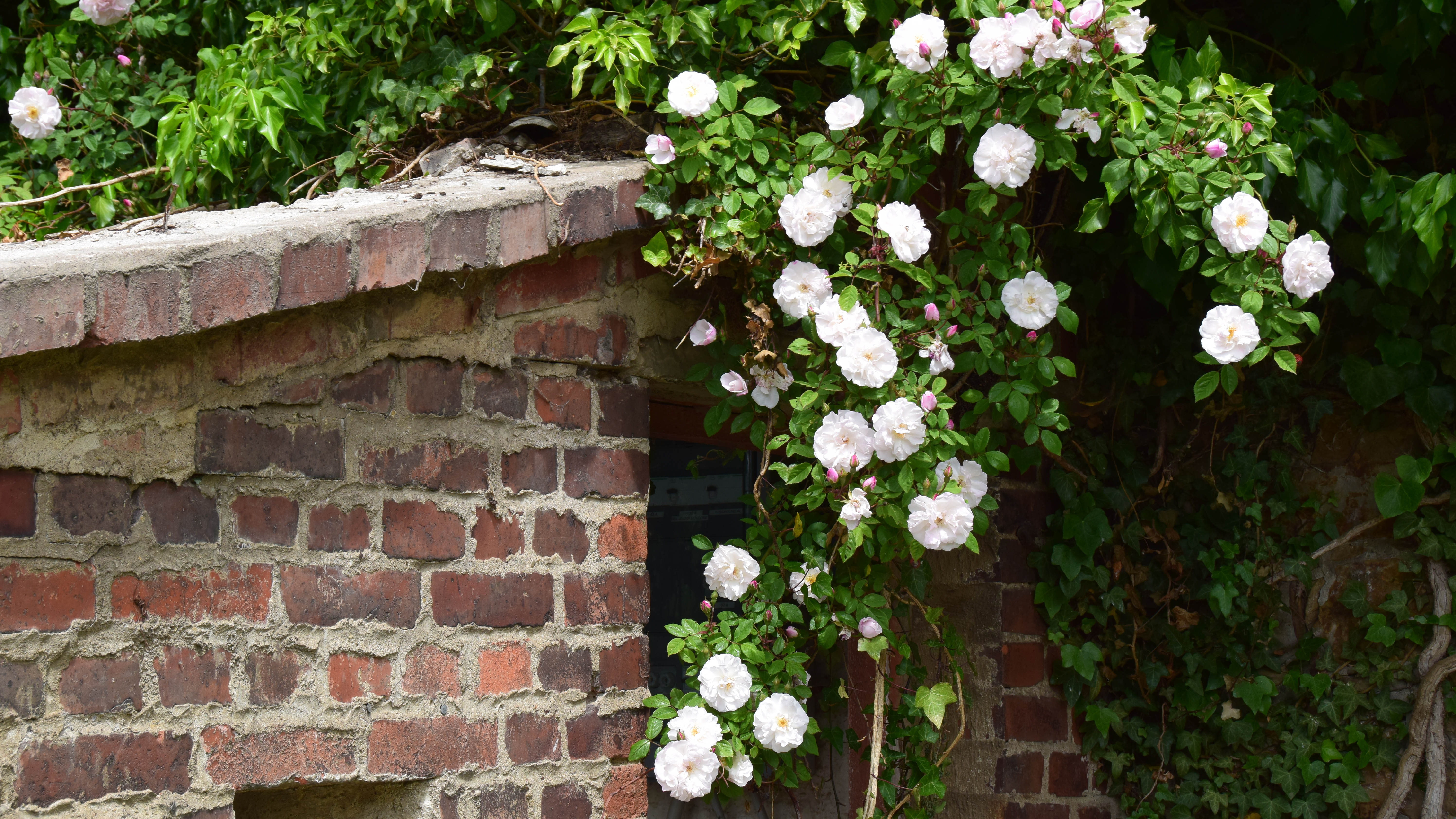How to prune roses and when to do it

Knowing how to prune roses isn’t as straightforward as you might think. Even the most experienced of gardeners struggle at this task. It’s tricky to fathom the right amount to prune away — too much and you could do some damage, but too little and the plant can look messy and lose its appeal.
Pruning roses is as important as pruning hydrangeas; do it right and the plant will grow back stronger and healthier with fresh buds. It doesn’t take long, and you will soon see the effects of your work, so it’s worth doing. Want some guidance? Here, we breakdown exactly how to prune roses so you can get the best results. If your roses are wilting, learn how to deadhead roses to keep them blooming. Not sure if you’re pruning your roses at the right time or when is it too late to prune roses? A garden experts shares her advice.
(If you have a fruit garden, you can learn how to prune grapevines for some fresh and sweet grapes).
First you will need to check what type of roses you have. If you’re not sure, don’t worry, as we cover the basics below which will work for all rose types.
Before you start, check out these 5 easy tips for cleaning pruning shears. Plus, here's 5 ways to get the best out of pruning shears.
How to prune roses — The fundamentals
Bypass pruning shears
Protective gardening gloves
1. Always use bypass shears rather than anvil-style shears for a clean cut that won’t damage the stem — if you need a new pair, check out the best pruning shears. You also want to wear some effective gardening gloves as well as long sleeves so you’re fully protected from any thorns. If you don’t have these, the Fiskars Steel Pruning Shears and OZERO Leather Work Gloves are both good options from Amazon.
2. However far you choose to prune back, all cuts should be made at a 45 degree angle, 5mm above a bud, and should slope downwards away from it.
Get instant access to breaking news, the hottest reviews, great deals and helpful tips.

3. If you’re pruning in the spring, start by removing any remaining leaves, so you can better see what you’re doing.
4. If your roses are relatively new (less than a year old), only light pruning should be required, if at all, as it’s still in early growth and needs to establish its roots. Generally speaking, this means only cutting back by about a third of its overall size.
5. If you have an older plant, you can prune back further to encourage more growth, or just to tidy up the shape.
6. If you want more outward growth, cut back to outward-facing buds. You can also prune some stems to face inwards if you want to encourage more height.
7. You should also cut back any intertwining stems which are competing for space or risk damaging one another. You can seal fresh cuts if you choose, but it’s not necessary as roses will take care of themselves.

8. You should also remove any dead or thin stems which are unlikely to produce flowers — cut back to the live wood, which looks green on the outside. Get rid of any diseased branches you spot as well by cutting back to the healthy branch again.
9. You can also remove the general woody overgrowth, although keep an eye on how thin this makes your plant look.
10. Cut to the shape you want, however if you want more flowers at the bottom, cut the top into a dome, rather than flat.
11. Bear in mind that if you prune your roses right back, they may not flower again until the following year, as all of the energy goes into regrowing the stems instead.
Don’t be shy when pruning your roses — most will repair themselves and grow back quickly. It’s ultimately better for the plant that you prune it rather than leave it alone.
How to prune roses — Knock Out roses

Knock Out roses should be pruned while dormant once they reach a height of 3-4 feet, and you can prune them back by about a third of their overall height. Bear in mind that the regrowth can happen from up to 12 inches below any cuts you make. Deadheading isn’t necessary with Knock Out roses, but it does encourage new flowers. Otherwise, follow the general directions above, getting rid of any old or dead stems first and cutting back to your desired shape.
How to prune roses — Climbing roses

Climbing roses can be drastically reduced when needed all the way to the base — so long as you leave between 3-5 canes which are 5 feet or taller. If your Climbing rose only has one thick stem, don’t prune it back too hard. Cut it back by between a third or a half at most, otherwise it might not grow back. As a general rule when pruning Climbing roses, you should leave the supported framework unpruned and work on the side shoots instead, unless the framework is growing in an unwanted direction which can’t be supported.
When should you prune roses?
Late winter or early spring is the best time to prune most rose types, once the final frost has fallen. If you have a rose type which blooms once a year, wait until after the bloom has finished before pruning — this will likely be in the early summer. For Rambling roses, prune in the summer after flowering. You want to get into the habit of pruning your roses once a year for best growth.
Any heavy pruning after this will just reduce the number of flowers you will get in the future. We wouldn’t recommend pruning back in the fall as your roses will be more susceptible to the frost as a consequence.
For more outdoor tips, check out our guide on 5 things to get you get your garden ready for Spring, what to plant in March, how to care for an orchid, how to prune hydrangeas and how to prune lilacs for the best blooms.

Katie Mortram used to be a Homes Editor for Tom's Guide, where she oversaw everything from kitchen appliances to gardening tools, as well as smart home tech. Specializing in providing expert advice for cleaning and home manintenance, she now works as Household Advice Editor for Good Housekeeping.
